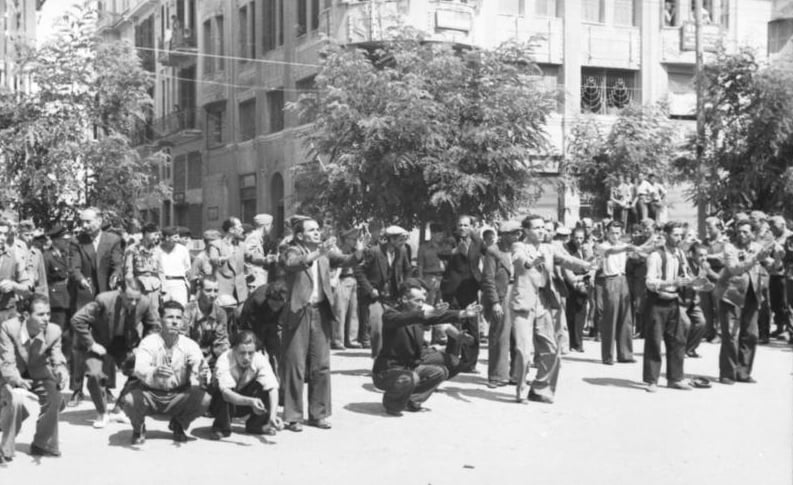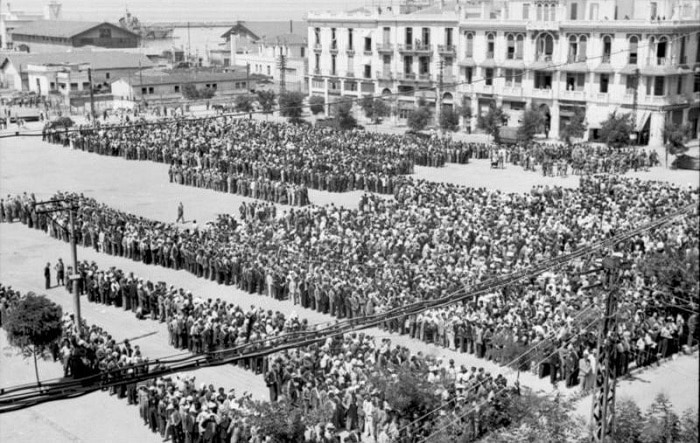
On March 15, Greece marks the anniversary of the departure in 1943 of the first train from Thessaloniki taking members of the city’s thriving Jewish community to the Auschwitz death camp.
Thessaloniki had a population of more than 50,000 Jews before World War II — some 46,000 of whom were deported and killed at German Nazi death camps.
“On this day in 1943, a train with 2,400 Thessaloniki’s Jews started from here bound for faraway Poland. A death train with passengers who did not know where they were being led, who did not know that they had no return”, Zervas stated in his remarks.
“Today, 78 years later, it is our moral duty to keep this memory alive,” he added.
Thessaloniki, the “Jerusalem of the Balkans”
Before the deportations started, the Jewish community in the city, which mainly comprised Sephardic Jews chased out of Spain in 1492, had flourished to the point where it had earned the nickname “The Jerusalem of the Balkans.”
But then came the horrors of 1943, when virtually all of the town’s Jews were deported — just four percent of them surviving the Nazi death camps to which they had been sent.
They immediately applied the Nuremberg laws in all their rigor, imposing the display of the yellow badge and drastically restricting the Jews’ freedom of movement.

Death trains for Jews waiting
Toward the end of February 1943, they were rounded up in three ghettos (Kalamaria, Singrou and Vardar/Agia Paraskevi) and then transferred to a transit camp, called the Baron Hirsch ghetto or camp, which was adjacent to a train station.
There, the death trains were waiting. To accomplish their mission, the SS relied on a Jewish police force created for the occasion, led by Vital Hasson, which was the source of numerous abuses against the rest of the Jews.
The first convoy departed on March 15, 1943. Each train carried from 1,000–4,000 Jews across the whole of central Europe, mainly to the Auschwitz camp.
A convoy also left for Treblinka, and it is possible that a deportation to Sobibor took place, since Salonican Jews were liberated from that camp.
The Jewish population of Salonika was so large that the deportation took several months until it was completed, which occurred on August 7
No comments:
Post a Comment